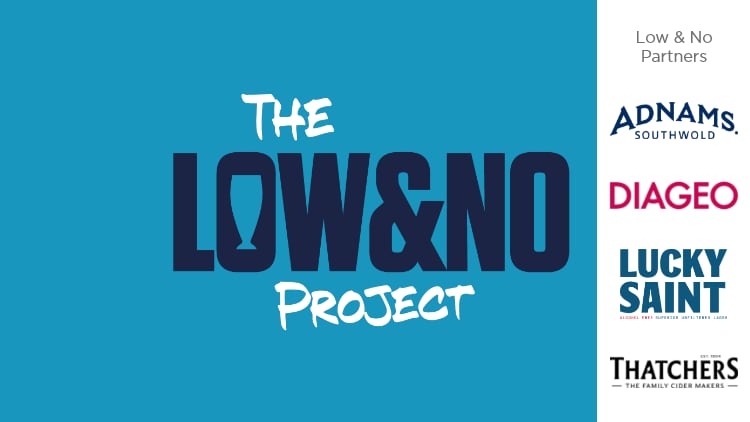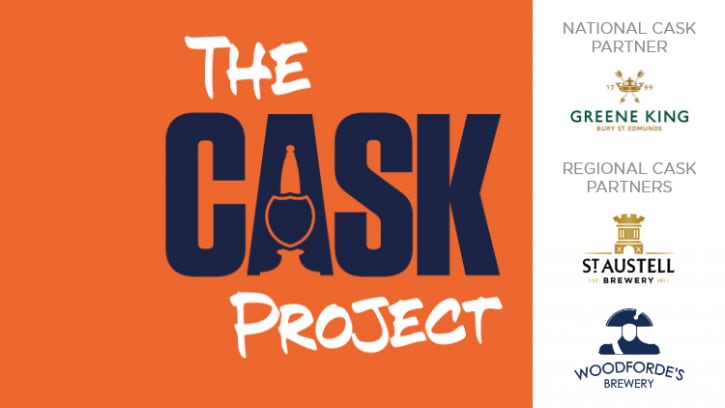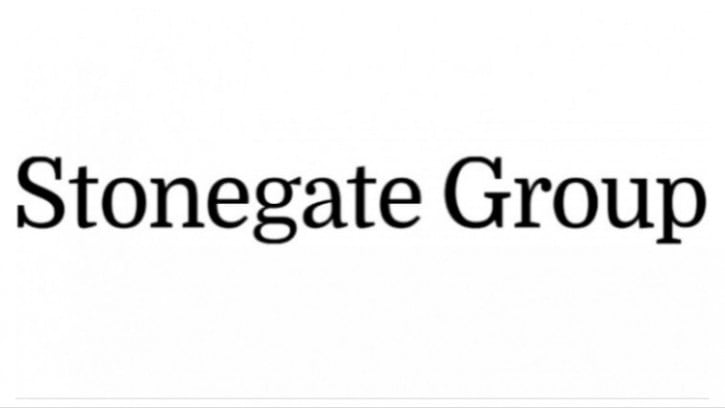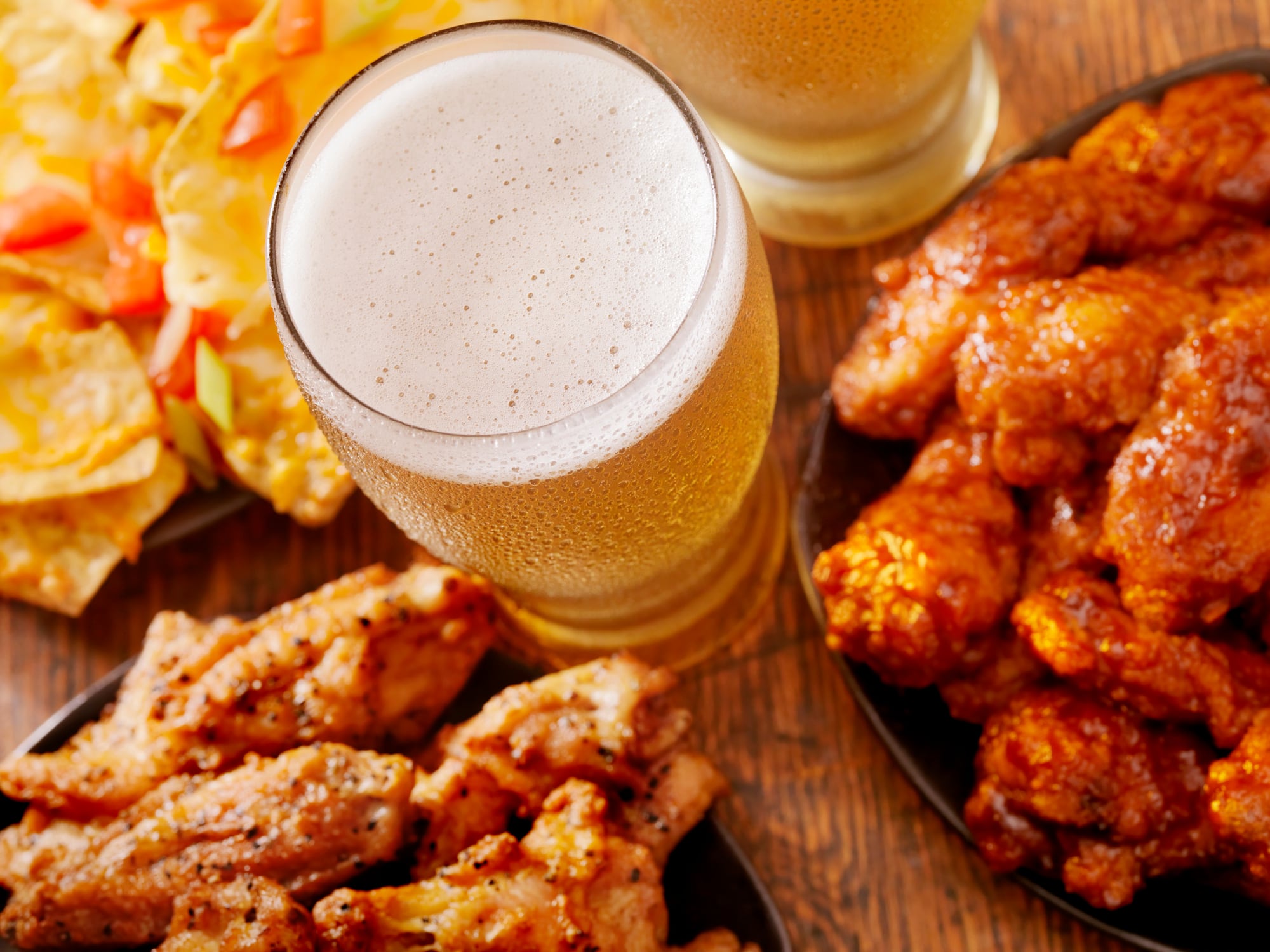Brown, who has written 13 books about pubs, pub culture, pub history, beer and cider and has written a multitude of articles for The Morning Advertiser, made the statements at ‘The Future of Low & No with Heineken 0.0’ event on Thursday 10 April.
“Heineken is literally responsible for me being here today – being a beer writer – because when I was a teenager, beer adverts were the funniest things on television and I loved them.
“At school, we’d talk about the catchphrases from the ads but and you can’t see ads like that anymore because everyone thought they’re going to encourage kids to drink beer. They did not encourage me to drink beer, they encouraged me to get a job in advertising, which is even worse.”
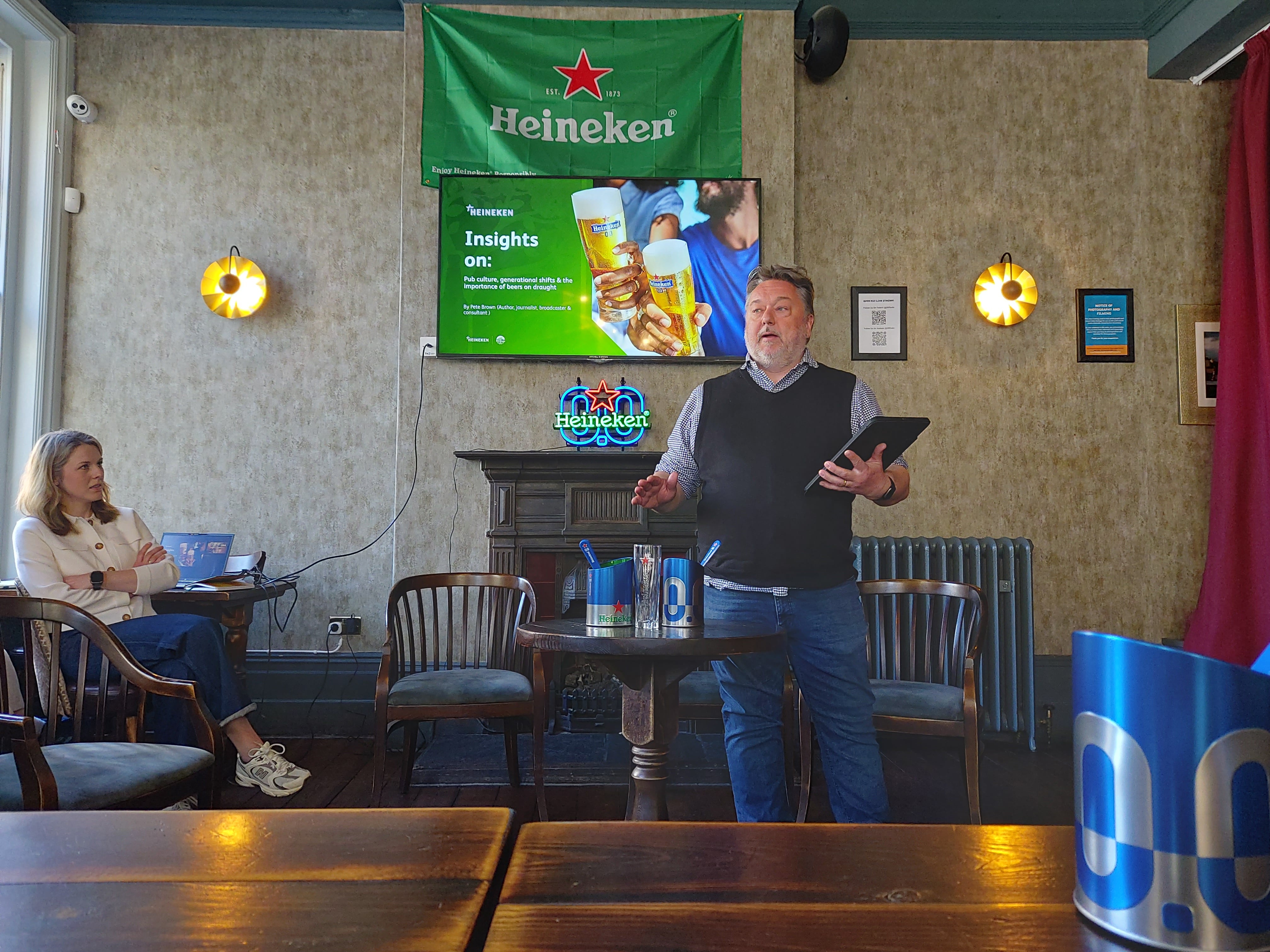
He explained 10 years later, he was working on advertising for Heineken as head of strategy and admitted: “The catchphrase ‘Heineken refreshes the parts other beers cannot reach’… I killed that! Our new campaign was ‘How refreshing, how Heineken’, which launched in the week the new edition of Oxford Dictionary quotations came out with ‘Heineken refreshes the parts other beers cannot reach’ – the most memorable and successful advertising headline of all time! So I became a beer writer in the ’80s.”
He explained he has seen the dawn of the low & no alcohol sector many times but it wasn’t until around 2015, things started to change.
According to Brown, there are two basic methods to make non-alcoholic beer, which he simplified as: “One was to not ferment it so it tasted like wort - like dissolve digestive biscuits in a sugar solution. The other was to make proper beer then boil the alcohol off because alcohol has a lower boiling point than water but when you do that, it cooks the hops and the other ingredients and tastes like cabbage water.
Lager is hardest beer to ‘crack’
“It wasn’t very good then craft beer came along and BrewDog realised that with crap beers, other brewers could just chuck loads of hops in to cover up all the off flavours so why should non-alcoholic beers be any different from that?”
Brown said BrewDog’s Nanny State was the first non-alcoholic beer, in his opinion, that was worth drinking. Big Drop’s 0.5% ABV milk stout beat alcoholic versions in the World Beer Awards so people started to take notice of that.
However, he argued: “Lager is the hardest style of beer to brew without alcohol because it is light and delicate. If there’s any off-flavours, there’s nowhere for them to hide because there’s nothing to cover them up. When Heineken cracked 0.0, it was really interesting and momentous.
“Guinness then cracked it in stout so suddenly you have two really big, credible brands in this space while the craft guys can make decent, tasty [low & no] beer and I though these don’t suck… finally.”
He also noted there has been a change in consumer attitudes and pondered: “If I’m a Gen Z teetotaller who’s never drunk beer, why would I drink low alcohol beer? What motivation would I have? People who drink low-alcohol beer are people like me who love beer a little bit too much and realise it’s quite good if we get the opportunity to cut down a little.
“When I tell people that I write about beer for a living, they say ‘wow, you get paid to drink beer’, I say ‘no, I get paid to write really well with a hangover’, so taking the hangover out of the equation is of quite a lot of interest to me.”
First pint refreshment
Brown explained as beer allowances for workers from 150 years have reduced as more clerical and skilled machinery jobs have become widespread, taking part in activities such as dry January have led to him being seen as a traitor to pubs and beers.
However, he explained when people talk about having a clear head on, say, a Tuesday night, this is a continuation of that and as supermarkets are able to be so much cheaper than pubs, “the survival of the fact that pubs are here at all shows we don’t go to the pub to drink, we drink so that we can go to the pub – if the drink was the only thing that mattered, we’d sit at home with really strong alcohol”.
He added dry January gets easier every year as the quality of low & no drinks continually improves.
“The stigma [of drinking low & no drinks] is disappearing and the pint is part of it,” Brown said.
He added that on trying his first draught pint of Lucky Saint, he realised the first drink is what he terms as “first pint refreshment”. This is when “It’s been a hard day, it’s warm outside and you feel that crisp bite hit the back of your throat and the beer goes down... that is nothing to do with the alcohol. All the enjoyment is in the first two thirds of pint and you don’t feel the alcohol then.”
Brown said he feels sorry for some people who question ‘what’s the point of drinking a low alcohol beer if you’re not going to get drunk?’ because that means they don’t like that ‘first pint refreshment’ so they don’t like the taste of beer and therefore don’t like the pub.
Low-alcohol beer can give a drinker more time in the pub so it certainly has a place in the pub and for those who find it enjoyable, Brown argued, might be a way of helping to keep pubs thriving.


